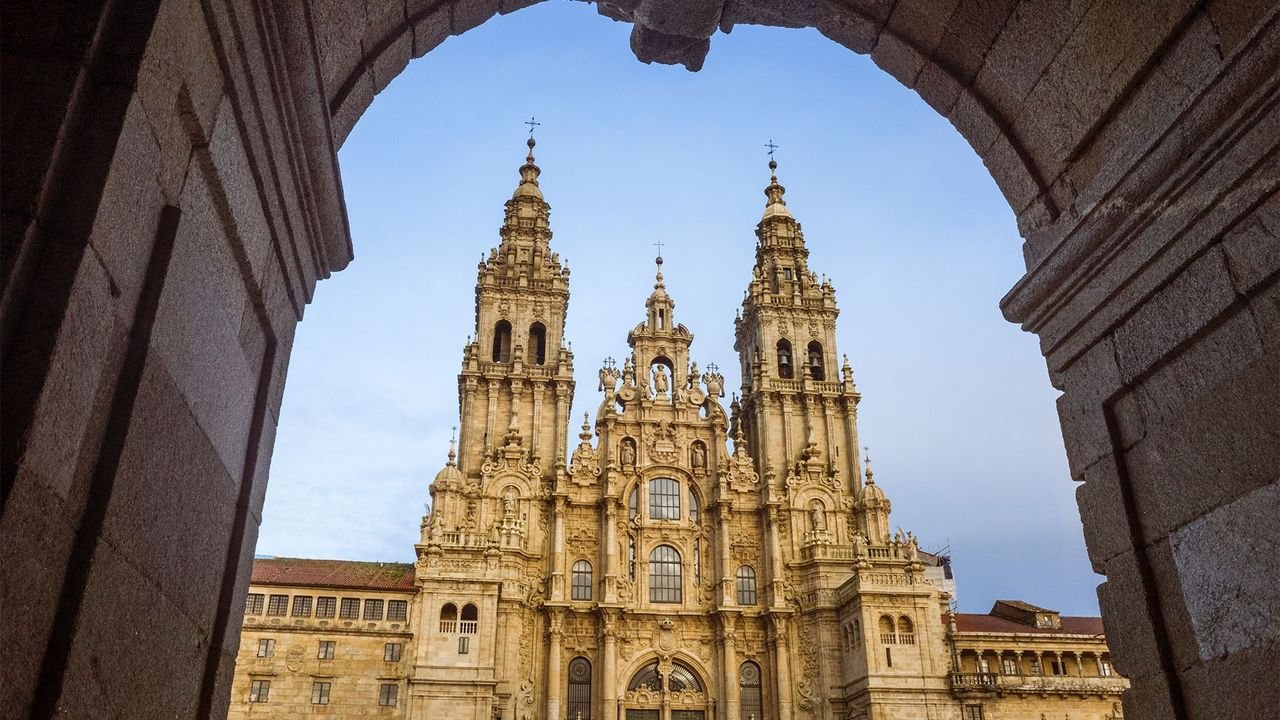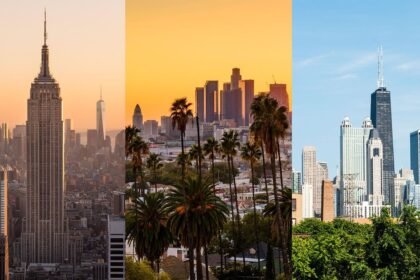What Santiago’s Camino Pilgrims Often Miss Beyond the Trail
Every year, nearly half a million people travel the Camino de Santiago, a famed pilgrimage route through the lush hills of Galicia in north-west Spain. Pilgrims walk for weeks—sometimes months—driven by faith or self-discovery. But what Santiago’s Camino pilgrims often miss is the vibrant life that awaits beyond the cathedral—an artistic, cultural, and modern side of the city that most never take time to explore.
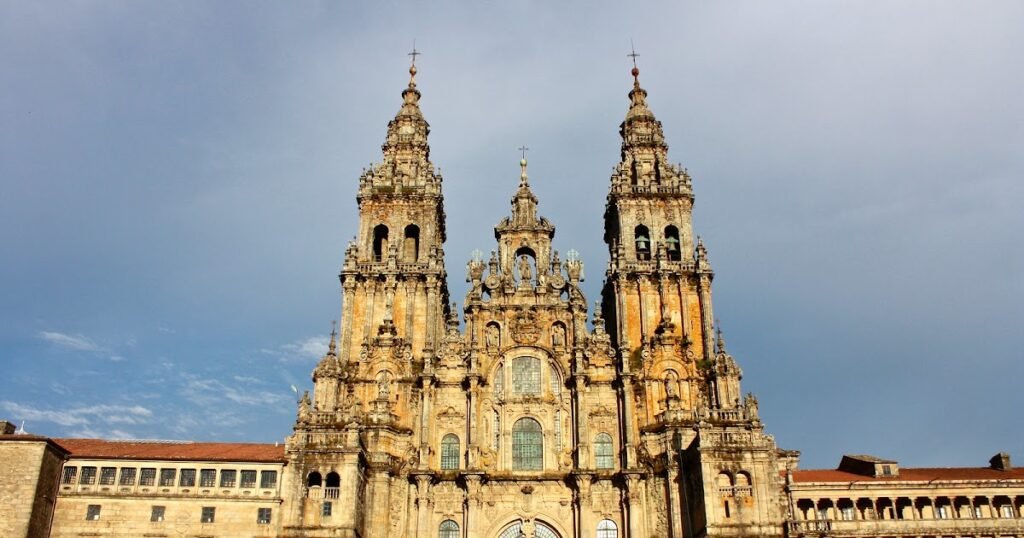
But once they arrive in Santiago de Compostela, many rush through the historic city. They snap a photo at the cathedral and quickly leave. What Santiago’s Camino pilgrims often miss is the city’s deeper charm—its vibrant cultural life, contemporary art, youthful spirit, and peaceful corners.
How Modern Travel Reveals What Santiago’s Camino Pilgrims Often Miss
Today, pilgrims no longer need to walk or fly to reach this remote corner of Spain. Since 2021, a high-speed AVE train connects Santiago to cities like Madrid.
These sleek trains glide across the country at up to 330km/h. Travelers now arrive relaxed and without blisters. The railway has boosted domestic tourism while cutting down short regional flights.
This new accessibility invites more people to discover what Santiago’s Camino pilgrims often miss: a modern city with many layers of identity.
What Santiago’s Camino Pilgrims Often Miss: The City of Culture’s Futuristic Welcome
As the train enters the city, it’s not the cathedral that first grabs your attention. Instead, the City of Culture towers above, perched on Mount Gaiás.
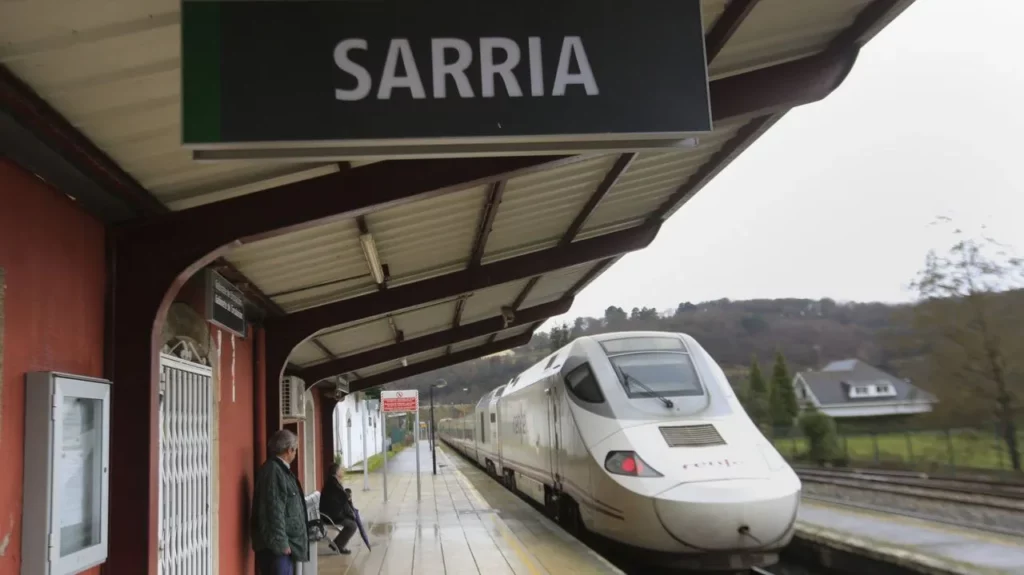
Its flowing lines and glass walls stand in sharp contrast to the old town. Built as a “beacon for pilgrims of knowledge,” this bold complex hosts museums, gardens, and cultural exhibitions.
Inside the Gaiás Centre Museum and nearby venues, exhibits explore themes of art, tattoo culture, and Galician innovation. This modern art hub is something most pilgrims never even notice.
A Youthful Energy in a Historic Setting
What Santiago’s Camino pilgrims often miss is its student heartbeat. One in four residents is connected to the University of Santiago de Compostela, which dates back to 1495.
Students and creatives breathe life into the city. They host pop-up galleries, perform in medieval squares, and fill centuries-old churches with photography and music.
As you stroll Santiago’s cobbled lanes, don’t be surprised to hear jazz around one corner and see street art around the next. The fusion of youth and heritage gives Santiago its unique rhythm.
Discovering Art and Architecture Off the Beaten Path
Santiago offers more than its famous cathedral square. Many cultural spaces remain untouched by crowds.
Take the Galician Centre for Contemporary Art (CGAC), for example. Housed in a simple granite building, it showcases colorful works by artists like Mar Caldas.

Close by, Defímeras gallery displays emerging Galician talent—often missed by pilgrims walking past. The Museum of the Galician People, inside a former convent, dives into local crafts and history. Its spiral staircase is a masterpiece in itself.
Culinary Treasures and Hidden Gardens
Art isn’t the only delight that goes unnoticed. Santiago’s food scene is rich and varied.
At Abastos 2.0, located near the old market, diners savor octopus and local wines in a trendy space. Casa RIA, founded by British architect David Chipperfield, serves daily meals with ingredients from its own garden.
And when you’re full, Santiago’s parks offer calm. Alameda and Bonaval are shaded, peaceful retreats—just steps from the busiest pilgrimage routes.
Rethinking Tourism: Santiago Pushes Back
With three straight years of record pilgrim arrivals, Santiago is taking action against overtourism.
Locals have raised concerns about short-term rentals, noisy visitors, and crowds camping near the cathedral. In response, community-led movements like Compostela Resists have emerged.
In 2024, the city launched the Fragile Santiago campaign. It encourages tourists to choose handmade crafts, dine at traditional eateries, and explore local culture with care.
An Ongoing Celebration of Arts and Identity
Santiago offers monthly cultural events—everything from photography to live performances. Tickets often cost just a few euros, making them accessible to all.
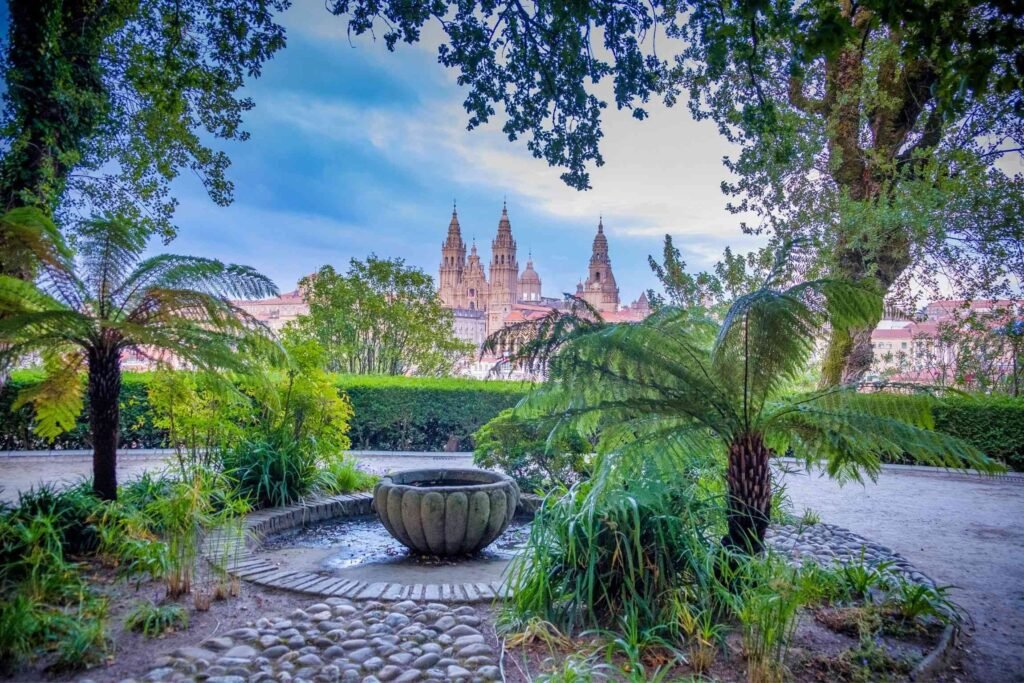
Tourist office director Flavia Ramil says more visitors now come from the US, UK, and Japan. They’re eager to connect with Santiago’s cultural soul.
This artistic revival is something every traveler should experience. What Santiago’s Camino pilgrims often miss isn’t just the art or architecture. It’s the city’s ability to spark reflection in its streets, museums, and music.
Final Reflection: Beyond the Cathedral Doors
A bagpiper plays softly beneath an old archway. Most pass by without noticing. But his music speaks of Galician heritage—shared with Scotland, Ireland, and Brittany.
Santiago is more than a final stop. It’s a living city filled with stories and creativity. Whether you arrive by foot or by train, take a few extra steps.
